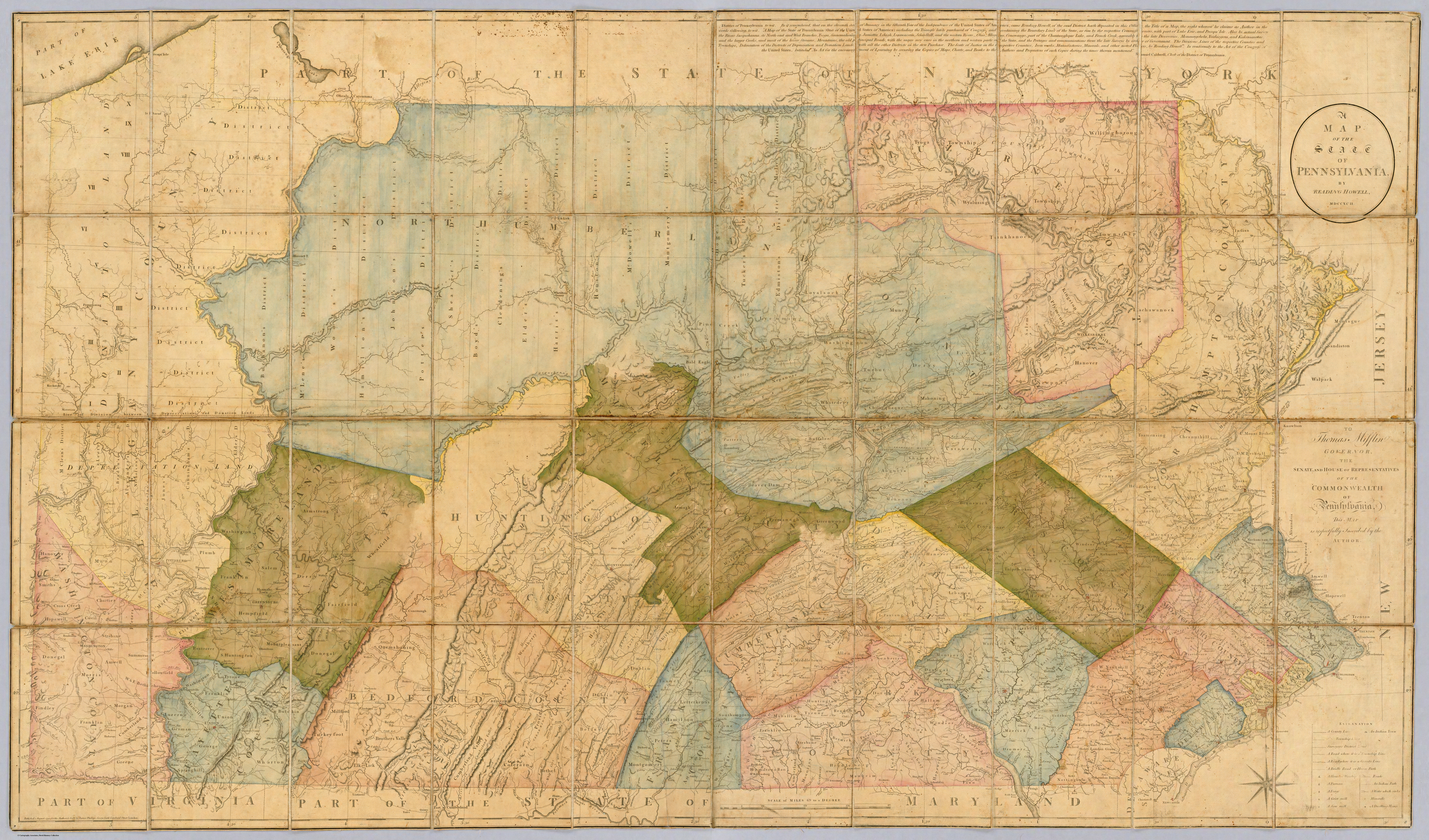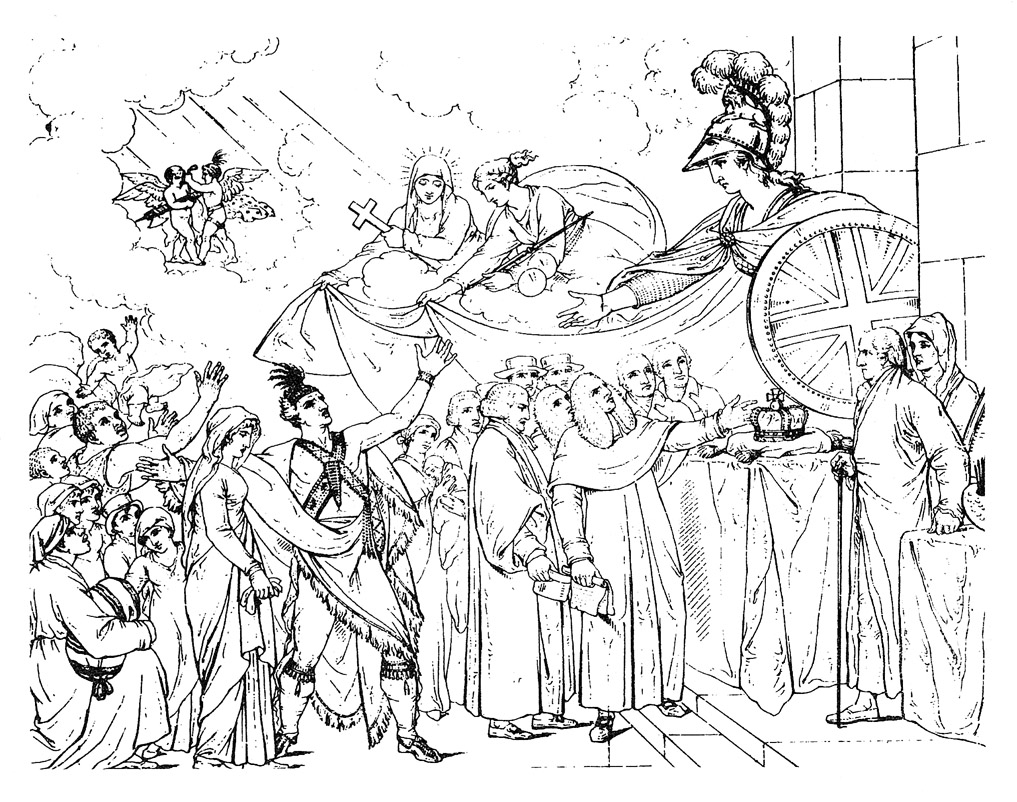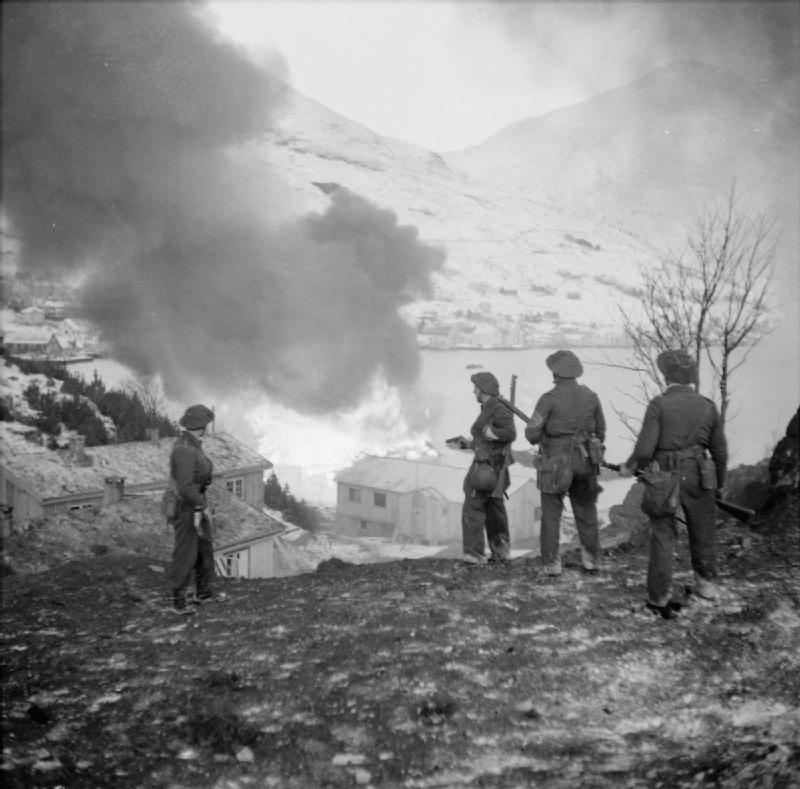|
Hanover Township, Luzerne County, Pennsylvania
Hanover Township is a township in Luzerne County, Pennsylvania. As of the 2020 census, the population was 11,424, making it the most populous township in the county. History Establishment Hanover Township was one of the original townships laid out by the Susquehanna Company of Connecticut. Captain Lazarus Stewart and dozens of his followers moved from Lancaster County into the Wyoming Valley in 1770; they fought for Connecticut in the Yankee-Pennamite Wars. For their service to Connecticut, Captain Stewart and his followers were granted a tract of land which became Hanover Township. The community was named after Lazarus Stewart's hometown of Hanover in Dauphin County, Pennsylvania. In the early 1770s, Captain Lazarus Stewart built the first house in the Breslau section of the township (between Solomon Creek and the Susquehanna River). Native American raids were very common in the Wyoming Valley in the 18th century. On July 3, 1778, Loyalist and Iroquois forces routed the ... [...More Info...] [...Related Items...] OR: [Wikipedia] [Google] [Baidu] |
Township (Pennsylvania)
Under the laws of the Commonwealth of Pennsylvania, a township is the lowest level of municipal incorporation of government. All of Pennsylvania's community, communities outside of incorporated local government in Pennsylvania#City, cities, borough (Pennsylvania), boroughs, and Bloomsburg, Pennsylvania#History, one town has been incorporated into a township which serves as the legal entity providing local self-government functions. In general, townships in Pennsylvania encompass larger land areas than other Municipality, municipalities, and tend to be located in suburban, exurban, or rural parts of the commonwealth. As with other incorporated municipalities in Pennsylvania, townships exist within local government in Pennsylvania#County, counties and are subordinate to or dependent upon the county level of government. History The creation of townships within Pennsylvania dates to the seventeenth century and the colonial period. Much of the province of Pennsylvania was occupied by ... [...More Info...] [...Related Items...] OR: [Wikipedia] [Google] [Baidu] |
Dauphin County, Pennsylvania
Dauphin County (; Pennsylvania Dutch: Daffin Kaundi) is a county in the Commonwealth of Pennsylvania. As of the 2020 census, the population was 286,401. The county seat and the largest city is Harrisburg, Pennsylvania's state capital and ninth largest city. The county was created ("erected") on March 4, 1785, from part of Lancaster County and was named after Louis Joseph, Dauphin of France, the first son of King Louis XVI. Dauphin County is included in the Harrisburg–Carlisle Metropolitan Statistical Area. Located within the county is Three Mile Island Nuclear Generating Station, site of the 1979 nuclear core meltdown. The nuclear power plant closed in 2019. Geography According to the U.S. Census Bureau, the county has a total area of , of which is land and (5.9%) is water. The county is bound to its western border by the Susquehanna River (with the exception of a small peninsula next to Duncannon). The area code is 717 with an overlay of 223. Adjacent counties * N ... [...More Info...] [...Related Items...] OR: [Wikipedia] [Google] [Baidu] |
Lehigh River
The Lehigh River is a U.S. Geological Survey. National Hydrography Dataset high-resolution flowline dataThe National Map, accessed April 1, 2011 tributary of the Delaware River in eastern Pennsylvania. The river flows in a generally southward pattern from The Poconos in Northeastern Pennsylvania through Allentown and much of the Lehigh Valley before enjoining the Delaware River in Easton. Part of the Lehigh River and a number of its tributaries are designated Pennsylvania Scenic Rivers by the state's Department of Conservation and Natural Resources. The river's name "Lehigh" is an anglicisation of the Lenape name for the river, ''Lechewuekink'', which means "where there are forks". Both Lehigh County and Lehigh Valley are named for the river. According to an environmental report from a Pennsylvania nonprofit research center, the Lehigh River watershed is ranked second nationally in the volume of toxic substances released into it in 2020. The study mirrors a previous report b ... [...More Info...] [...Related Items...] OR: [Wikipedia] [Google] [Baidu] |
Newport Township, Luzerne County, Pennsylvania
Newport Township is a township in Luzerne County, Pennsylvania, United States. As of 2020, the population was 4,444. Newport is located on the outskirts of Nanticoke City. History Establishment Newport was incorporated as a township in 1790. It is one of the original townships in Luzerne County. The municipality derives its name from Newport, Rhode Island. The first settlement in modern-day Newport Township was established by Major Prince Alden in 1772. A few years later, his sons (Mason and John) erected a forge on Nanticoke Creek. One of the first stores in the territory was established by Jacob Ramback; it was constructed on a road between Wanamie and Nanticoke. Due to the growing coal mining industry in the Wyoming Valley (in the 19th century), farmers were selling large tracts of land to the coal companies. Even sawmills and gristmills were replaced by coal mines. Alden, Glen Lyon, and Wanamie were just a few of the mining villages in the township. Mine shafts and collieri ... [...More Info...] [...Related Items...] OR: [Wikipedia] [Google] [Baidu] |
Wilkes-Barre, Pennsylvania
Wilkes-Barre ( or ) is a city in the U.S. state of Pennsylvania and the county seat of Luzerne County, Pennsylvania, Luzerne County. Located at the center of the Wyoming Valley in Northeastern Pennsylvania, it had a population of 44,328 in the 2020 census. It is the second-largest city, after Scranton, Pennsylvania, Scranton, in the Scranton–Wilkes-Barre–Hazleton, PA Metropolitan Statistical Area, which had a population of 563,631 as of the 2010 United States census, 2010 census and is the fourth-largest metropolitan area in Pennsylvania after the Delaware Valley, Greater Pittsburgh, and the Lehigh Valley with an urban population of 401,884. Scranton/Wilkes-Barre is the cultural and economic center of a region called Northeastern Pennsylvania, which is home to over 1.3 million residents. Wilkes-Barre and the surrounding Wyoming Valley are framed by the Pocono Mountains to the east, the Endless Mountains to the north and west, and the Lehigh Valley to the south. The Susqu ... [...More Info...] [...Related Items...] OR: [Wikipedia] [Google] [Baidu] |
Exeter, Pennsylvania
Exeter is a borough in the Greater Pittston-Wilkes-Barre area of Luzerne County, Pennsylvania, United States, about west of Scranton and a few miles north of Wilkes-Barre. It is located on the western bank of the Susquehanna River and has a total area of . As of 2020, Exeter had a population of 5,513. History The name Exeter derives from the ancient city of Exeter in Devon, England. Numerous other places have also been given the same name. In the 1770s, English men, women, and children (European-Americans) started to settle in the Wyoming Valley of Northeastern Pennsylvania. On July 1, 1778, during the Revolutionary War, Fort Jenkins (a patriot stockade east of present-day Exeter) surrendered to the British (under Major John Butler). It was later burned to the ground. A couple days later, on July 3, 1778, a force of British soldiers, with the assistance of about 700 Indians, attacked and killed nearly 300 Wyoming Valley settlers in and around present-day Exeter. Present-day ... [...More Info...] [...Related Items...] OR: [Wikipedia] [Google] [Baidu] |
Battle Of Wyoming
The Battle of Wyoming, also known as the Wyoming Massacre, was a military engagement during the American Revolutionary War between Patriot militiamen and a mixed force of Loyalist soldiers and Iroquois raiders. The clash took place in the Wyoming Valley of Pennsylvania on July 3, 1778, in Exeter and Wyoming, Pennsylvania. More than 300 Patriots were killed in the battle. After the battle, Patriot settlers claimed that the Iroquois raiders had hunted and killed fleeing Patriots, and had then ritually tortured 30 to 40 who had surrendered until they died. In the massacre that followed, which was committed entirely by the Iroquois raiders, 360 American men, women, and children died, and many who escaped to the forests subsequently expired of starvation or exposure. Background In 1777, British general John Burgoyne led the Saratoga campaign to gain control of the Hudson River during the American Revolutionary War. He was weakened by loss of time and men after the Battle of Orisk ... [...More Info...] [...Related Items...] OR: [Wikipedia] [Google] [Baidu] |
Patriot (American Revolution)
Patriots, also known as Revolutionaries, Continentals, Rebels, or American Whigs, were the colonists of the Thirteen Colonies who rejected British rule during the American Revolution, and declared the United States of America an independent nation in July 1776. Their decision was based on the political philosophy of republicanism—as expressed by such spokesmen as Thomas Jefferson, John Adams, and Thomas Paine. They were opposed by the Loyalists, who supported continued British rule. Patriots represented the spectrum of social, economic, and ethnic backgrounds. They included lawyers such as John Adams, students such as Alexander Hamilton, planters such as Thomas Jefferson and George Mason, merchants such as Alexander McDougall and John Hancock, and farmers such as Daniel Shays and Joseph Plumb Martin. They also included slaves and freemen such as Crispus Attucks, one of the first casualties of the American Revolution; James Armistead Lafayette, who served as a double agent ... [...More Info...] [...Related Items...] OR: [Wikipedia] [Google] [Baidu] |
Iroquois
The Iroquois ( or ), officially the Haudenosaunee ( meaning "people of the longhouse"), are an Iroquoian-speaking confederacy of First Nations peoples in northeast North America/ Turtle Island. They were known during the colonial years to the French as the Iroquois League, and later as the Iroquois Confederacy. The English called them the Five Nations, comprising the Mohawk, Oneida, Onondaga, Cayuga, and Seneca (listed geographically from east to west). After 1722, the Iroquoian-speaking Tuscarora people from the southeast were accepted into the confederacy, which became known as the Six Nations. The Confederacy came about as a result of the Great Law of Peace, said to have been composed by Deganawidah the Great Peacemaker, Hiawatha, and Jigonsaseh the Mother of Nations. For nearly 200 years, the Six Nations/Haudenosaunee Confederacy were a powerful factor in North American colonial policy, with some scholars arguing for the concept of the Middle Ground, in that Europe ... [...More Info...] [...Related Items...] OR: [Wikipedia] [Google] [Baidu] |
Loyalist (American Revolution)
Loyalists were colonists in the Thirteen Colonies who remained loyal to the British Crown during the American Revolutionary War, often referred to as Tories, Royalists or King's Men at the time. They were opposed by the Patriots, who supported the revolution, and called them "persons inimical to the liberties of America." Prominent Loyalists repeatedly assured the British government that many thousands of them would spring to arms and fight for the crown. The British government acted in expectation of that, especially in the southern campaigns in 1780–81. Britain was able to effectively protect the people only in areas where they had military control, and in return, the number of military Loyalists was significantly lower than what had been expected. Due to the conflicting political views, loyalists were often under suspicion of those in the British military, who did not know whom they could fully trust in such a conflicted situation; they were often looked down upon. Pat ... [...More Info...] [...Related Items...] OR: [Wikipedia] [Google] [Baidu] |
Raid (military)
Raiding, also known as depredation, is a military tactic or operational warfare mission which has a specific purpose. Raiders do not capture and hold a location, but quickly retreat to a previous defended position before enemy forces can respond in a coordinated manner or formulate a counter-attack. A raiding group may consist of combatants specially trained in this tactic, such as commandos, or as a special mission assigned to any regular troops. Raids are often a standard tactic in irregular warfare, employed by warriors, guerrilla fighters or other irregular military forces. Some raids are large, for example the Sullivan Expedition. The purposes of a raid may include: * to demoralize, confuse, or exhaust the enemy; * to ransack, pillage, or plunder * to destroy specific goods or installations of military or economic value; * to free POWs * to capture enemy soldiers for interrogation; * to kill or capture specific key persons; * to gather intelligence. Land Tribal societi ... [...More Info...] [...Related Items...] OR: [Wikipedia] [Google] [Baidu] |
Native Americans In The United States
Native Americans, also known as American Indians, First Americans, Indigenous Americans, and other terms, are the Indigenous peoples of the mainland United States ( Indigenous peoples of Hawaii, Alaska and territories of the United States are generally known by other terms). There are 574 federally recognized tribes living within the US, about half of which are associated with Indian reservations. As defined by the United States Census, "Native Americans" are Indigenous tribes that are originally from the contiguous United States, along with Alaska Natives. Indigenous peoples of the United States who are not listed as American Indian or Alaska Native include Native Hawaiians, Samoan Americans, and the Chamorro people. The US Census groups these peoples as " Native Hawaiian and other Pacific Islanders". European colonization of the Americas, which began in 1492, resulted in a precipitous decline in Native American population because of new diseases, wars, ethni ... [...More Info...] [...Related Items...] OR: [Wikipedia] [Google] [Baidu] |








